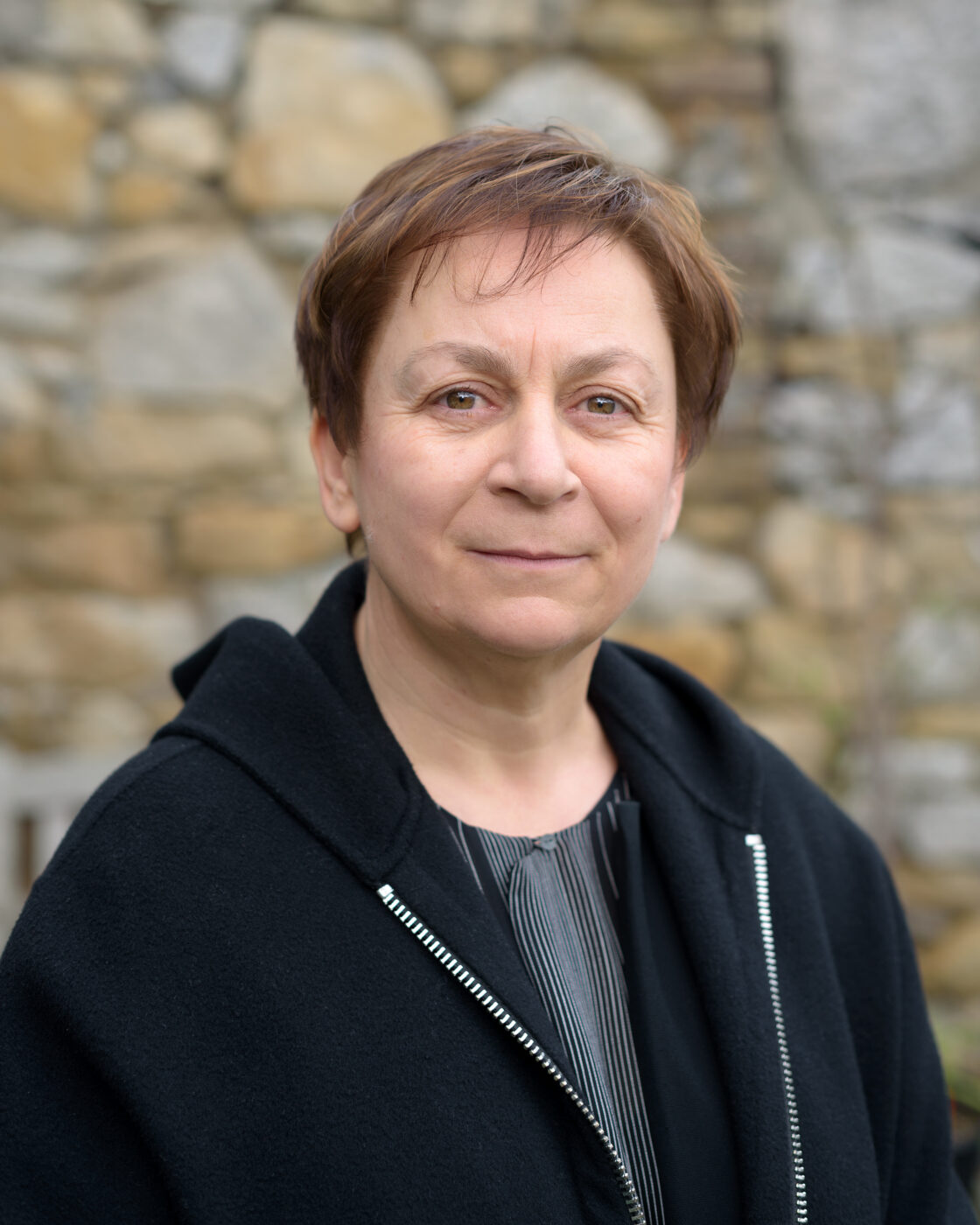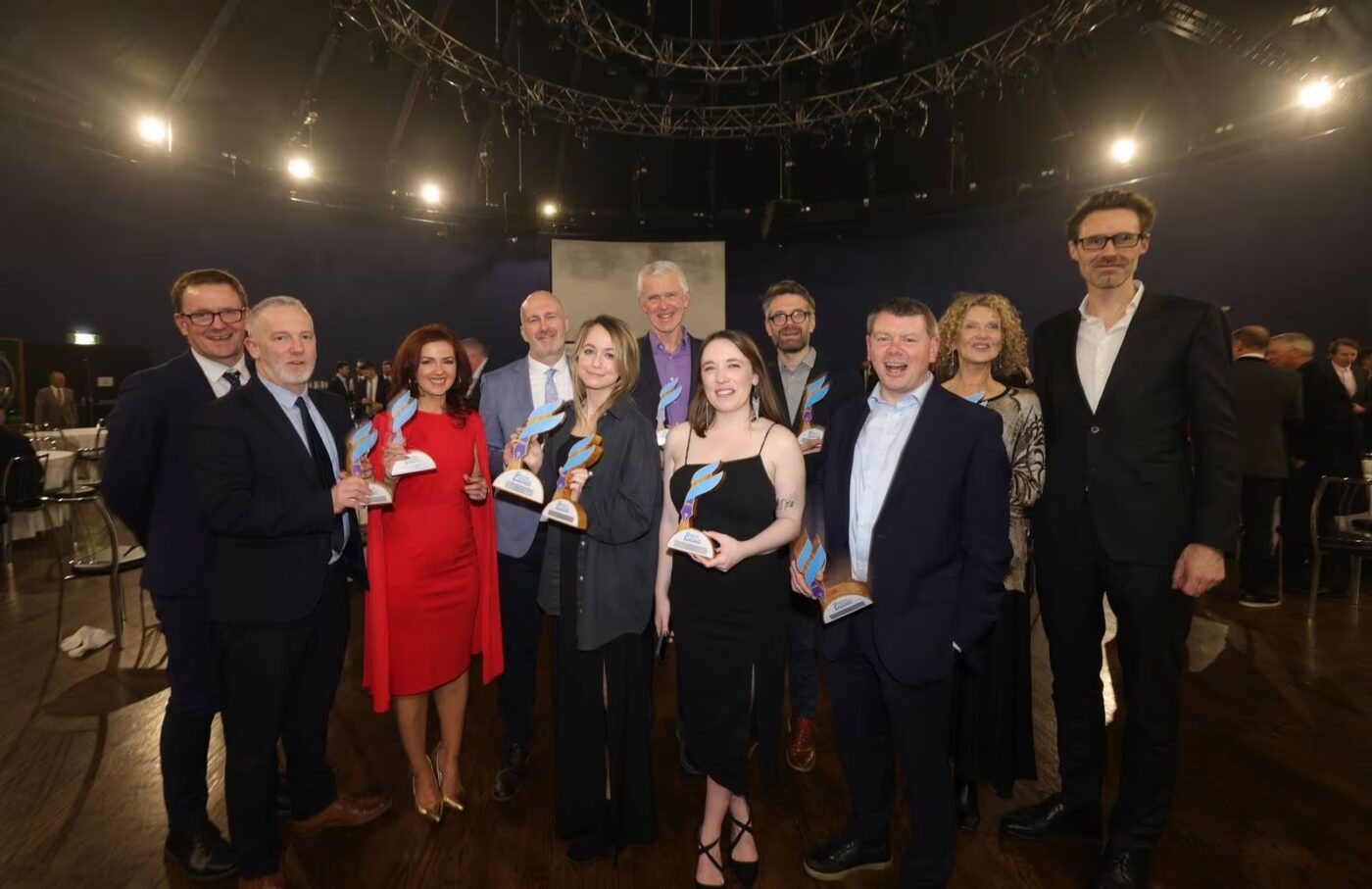Partners
Part 1: What is home?
Part 2: Partners’ Gathering – Grand Symposium
Social Media
Twitter
Instagram
Facebook
YouTube
Contact
City Rationale
Our European journey ends in Ireland for the last two episodes, the original subject of Joyce’s Ulysses. Joyce once joked that if Dublin were to be destroyed by some catastrophe, it could be rebuilt brick by brick, using his novel. Ulysses is full of public and private spaces and street names, of particular details. It captures the animation of early twentieth-century street life. Dublin, despite its size, was more a town than a city; in a walk about town you were bound to meet friends and acquaintances (as Leopold Bloom does). Bloom and Stephen begin two winding journeys about the city and finally, as they are fated to do, meet properly at the end of the novel in Episode 17. Echoing the impersonal voice of the religious catechism, in this episode questions are asked about the characters that they could not ask themselves and thereby illumination is offered to the reader. It’s fitting therefore that the UEO project for this episode will culminate in a major Symposium in the home city of the novel with questions submitted from all 18 cities to be debated.
Ulysses Episode
Bloom returns home with Stephen, makes him a cup of cocoa, discusses cultural and lingual differences between them, considers the possibility of publishing Stephen’s parable stories, and offers him a place to stay for the night. Stephen refuses Bloom’s offer and is ambiguous in response to Bloom’s proposal of future meetings. The two men urinate in the backyard, Stephen departs and wanders off into the night, and Bloom goes to bed, where Molly is sleeping. She awakens and questions him about his day. The episode is written in the form of a rigidly organised and “mathematical” catechism of 309 questions and answers, and was reportedly Joyce’s favourite episode in the novel. The deep descriptions range from questions of astronomy to the trajectory of urination and include a famous list of 25 men perceived as Molly’s lovers (apparently corresponding to the suitors slain at Ithaca by Odysseus and Telemachus in the Odyssey), including Boylan, and Bloom’s psychological reaction to their assignation. While describing events apparently chosen randomly in ostensibly precise mathematical or scientific terms, the episode is rife with errors made by the undefined narrator, many or most of which are intentional by Joyce.
Homer Odyssey Chapter
Book 15, 19 & 22: In the hut of Eumaeus, Odysseus says that he will earn his keep working for the suitors, but Eumaeus will have none of it. To get mixed up with those suitors, he warns, would be suicide. Odysseus and the swineherd then swap stories. Eumaeus explains how he first came to Ithaca: the son of a king, he was stolen from his house by Phoenician pirates with the help of a maid that his father employed. The pirates took him all over the seas until Laertes, Odysseus’s father, bought him in Ithaca. There, Laertes’ wife brought him up alongside her own daughter, the youngest born. The next morning, Telemachus reaches the shores of Ithaca. (Book 16) When Telemachus reaches Eumaeus’s hut, he finds the swineherd talking with a stranger (Odysseus in disguise). Eumaeus recounts Odysseus’s story and suggests that the stranger stay with Telemachus at the palace. But Telemachus is afraid of what the suitors might do to them. Eumaeus thus goes to the palace alone to tell Penelope that her son has returned. (Book 19) When the suitors retire for the night at the palace, Telemachus and Odysseus (disguised as a beggar) remove their weapons as planned. Telemachus retires and Odysseus (as beggar) is joined by Penelope. She has come from the women’s quarters to question her curious visitor. She knows that he has claimed to have met Odysseus, and she tests his honesty by asking him to describe her husband. Odysseus describes the Greek hero—himself, capturing each detail so perfectly that it reduces Penelope to tears. He then tells the story of how he met Odysseus and eventually came to Ithaca. Penelope offers the beggar a bed to sleep in, but he is used to the floor, he says, and declines. Only reluctantly does he allow Eurycleia to wash his feet. As she is putting them in a basin of water, she notices a scar on one of his feet. She immediately recognizes it as the scar that Odysseus received when he went boar hunting with his grandfather Autolycus. She throws her arms around Odysseus, but he silences her while Athena keeps Penelope distracted so that Odysseus’s secret will not be carried any further. The faithful Eurycleia recovers herself and promises to keep his secret… (Book 22) Odysseus and Telemachus in a big battle slay all the suitors.
Public Events
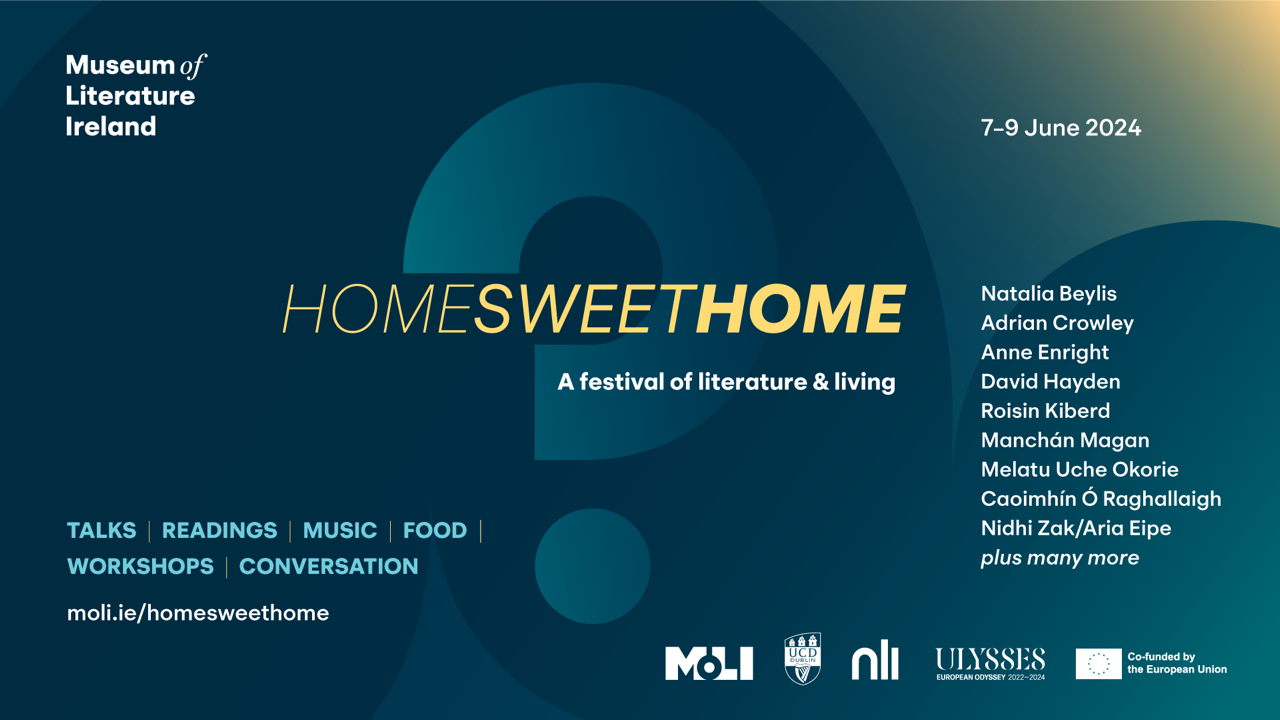
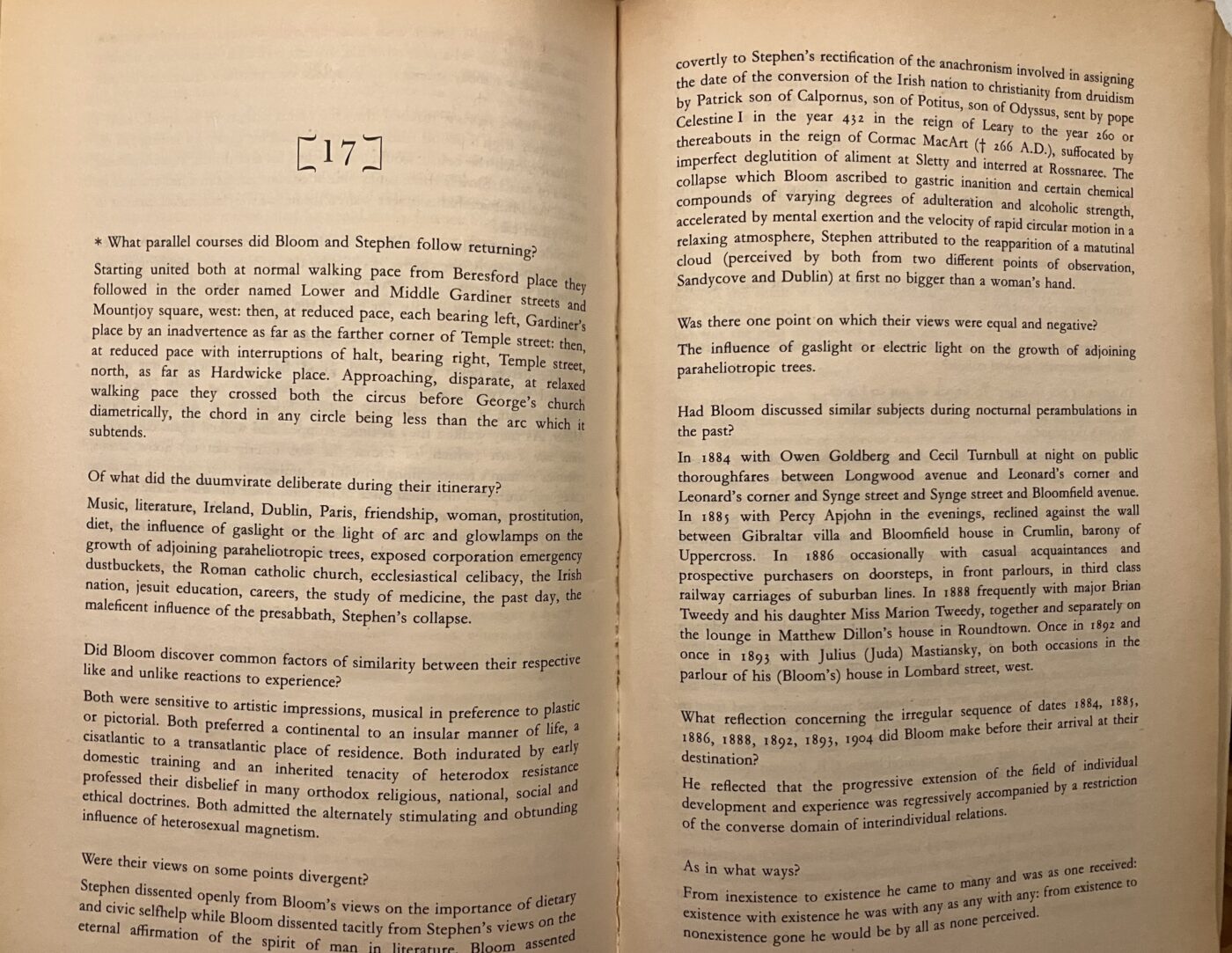
Artists’ Exchange
This project strand offers short residency opportunities in partner cities for 30 emerging artists as part of the legacy of this pan-European project.
Each city partner will send two artists on a residency to another partner’s city of a different art form, thereby seeking to enrich their professional practice through inter-disciplinary residencies. Artists are chosen on the basis of having demonstrated an interest in the hosting city’s Arts & Society contemporary European theme. They must also practice a different art form from that of the hosting city’s public event. The project offers the emerging artists the opportunity to travel without the pressure to produce work and ideally to experience UEO’s public events.
Confirmed artists’ personal statements and biographies can be found on the relevant city’s page by clicking on the artist’s photo.
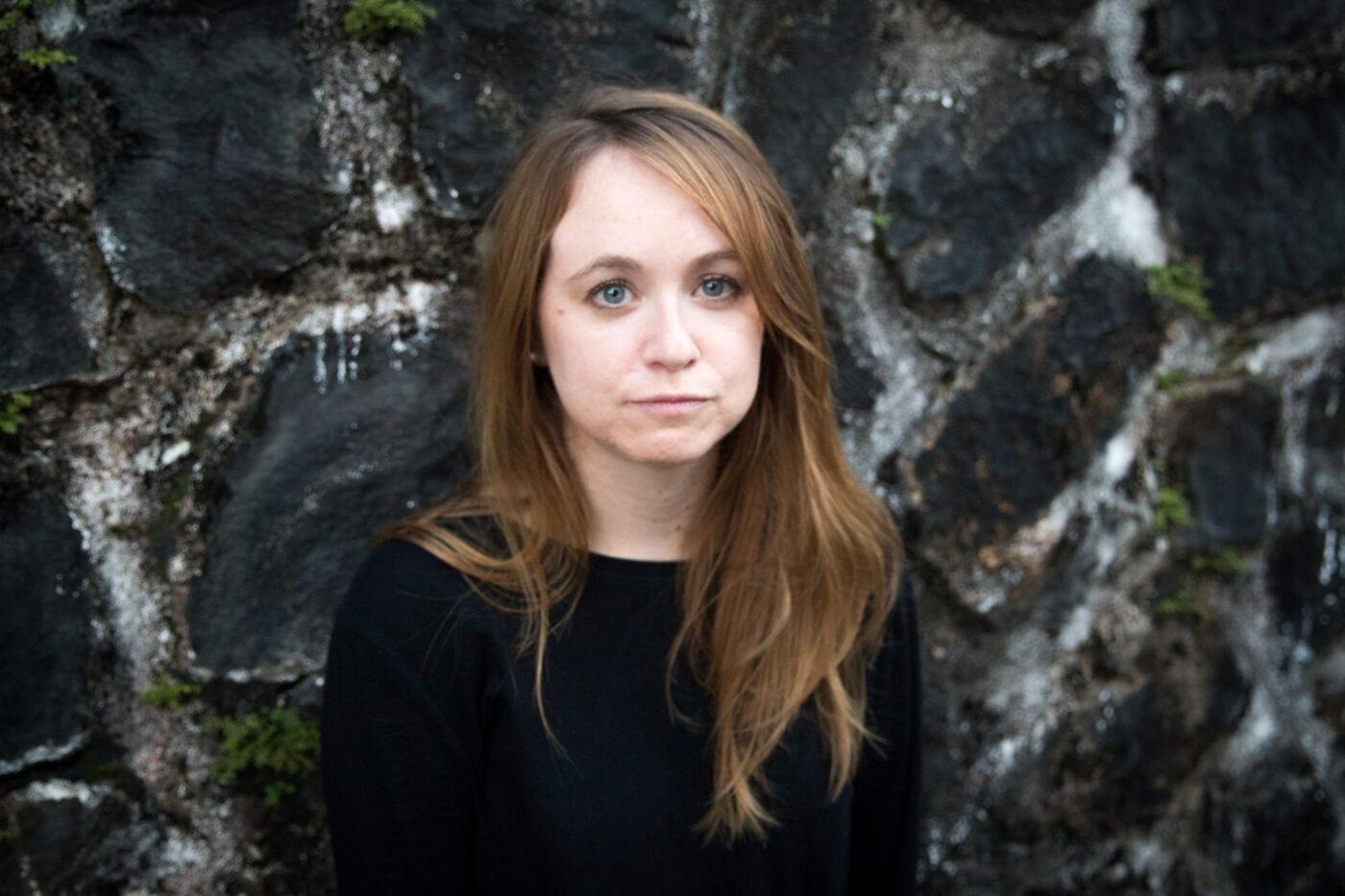
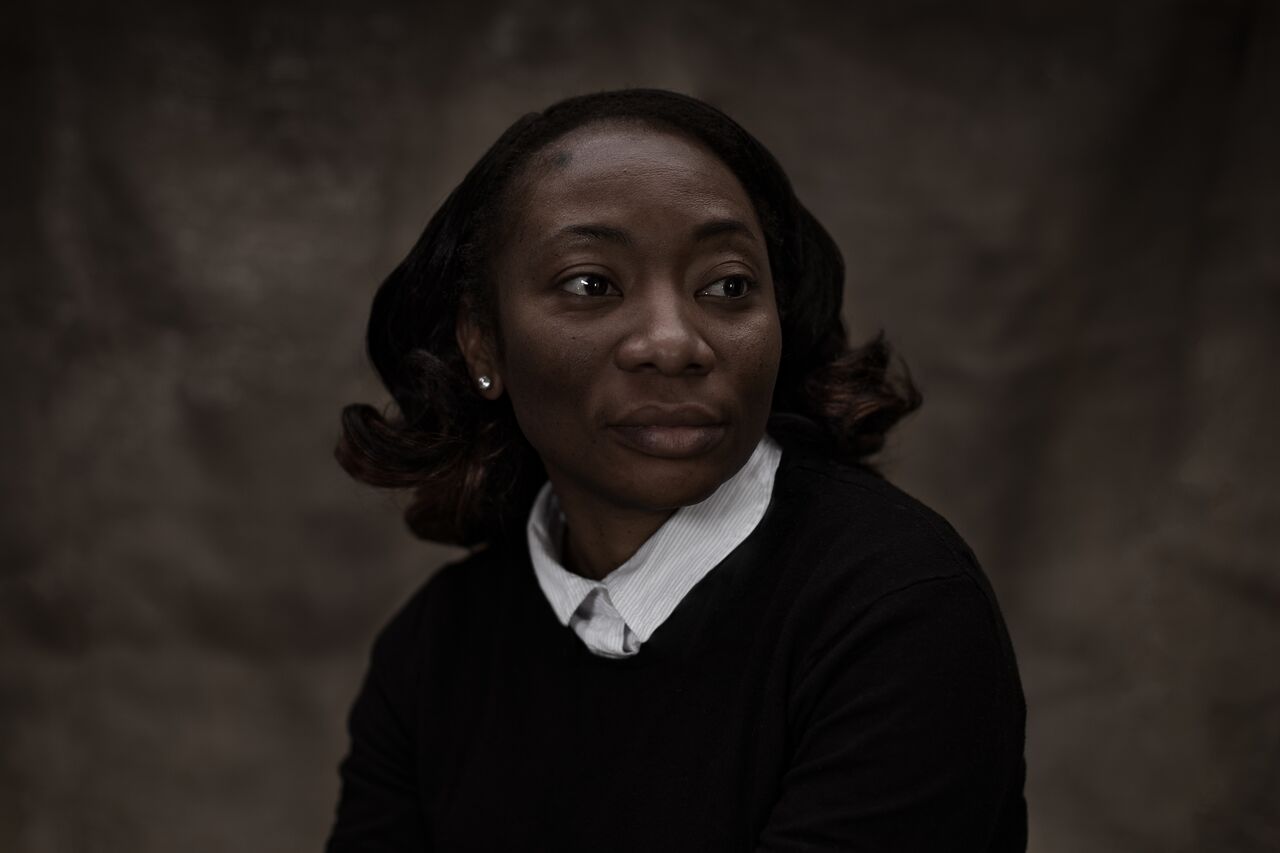
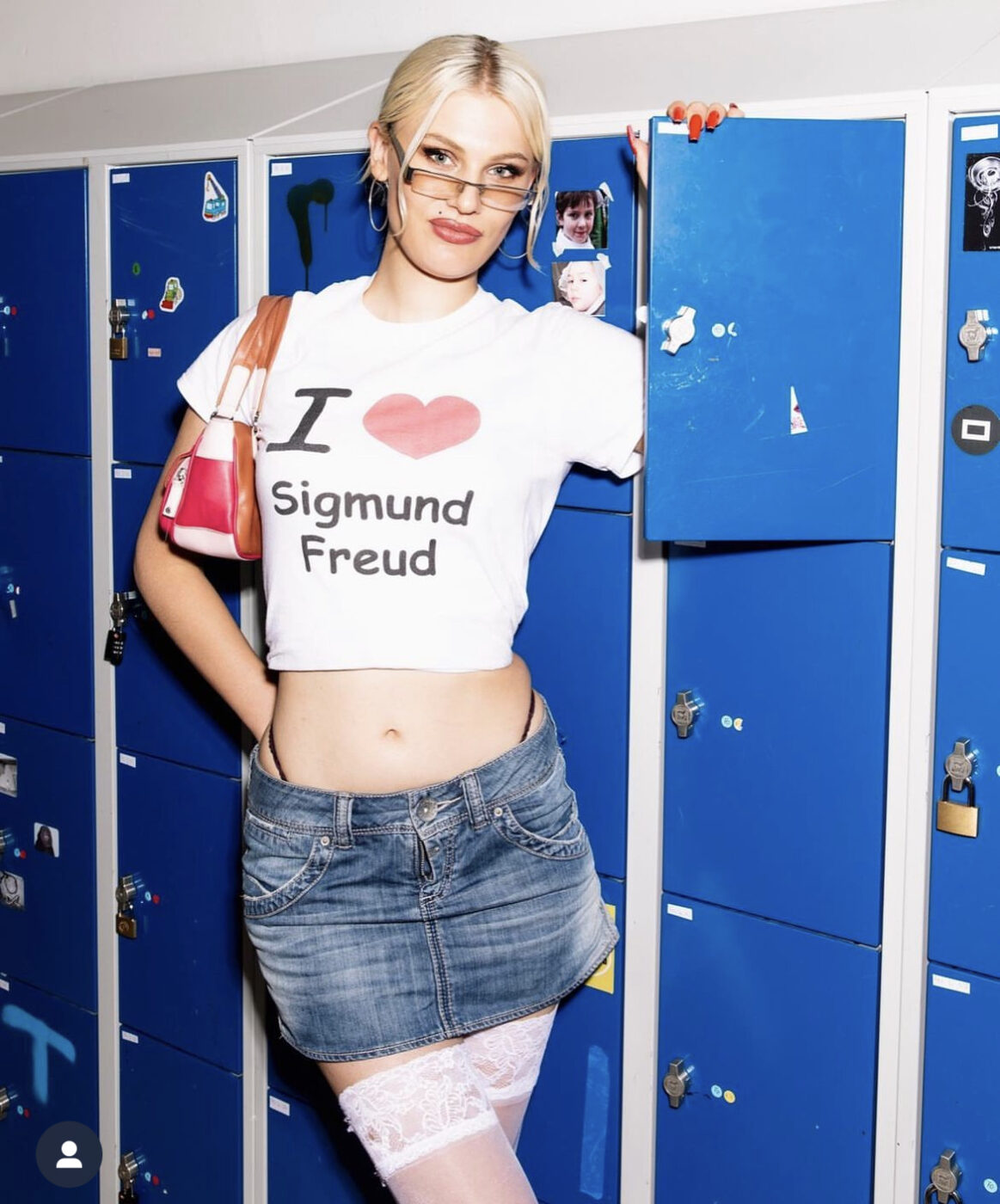
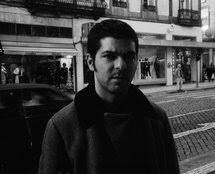
Book
Press
Partner description
The Museum of Literature Ireland (Irish: Músaem Litríochta na hÉireann), branded MoLI in homage to Molly Bloom, is a literary museum in Dublin, Ireland. Located on St Stephen’s Green in University College Dublin’s historic Newman House, MoLI opened to the public in September 2019.
The product of a partnership between University College Dublin and the National Library of Ireland, MoLI is Ireland’s first literature museum and the first museum globally dedicated to the Irish literary tradition. Originally conceived as a James Joyce Centre, MoLI was designed as a celebration of Ireland’s literary greats from over the centuries, showcasing the country’s written heritage in all its glory via immersive exhibitions with an international appeal and exploring how such a small island has produced so many of the world’s literary giants.
MoLI is a cultural hub for Dublin – a place which inspires the next generation of writers. It holds a permanent collection of James Joyce-related material, including his “Copy No. 1” of Ulysses, and revolving exhibitions on other Irish literary figures. With a range of audio and immersive displays, it has been nominated for and won a number of awards for design and architecture.



